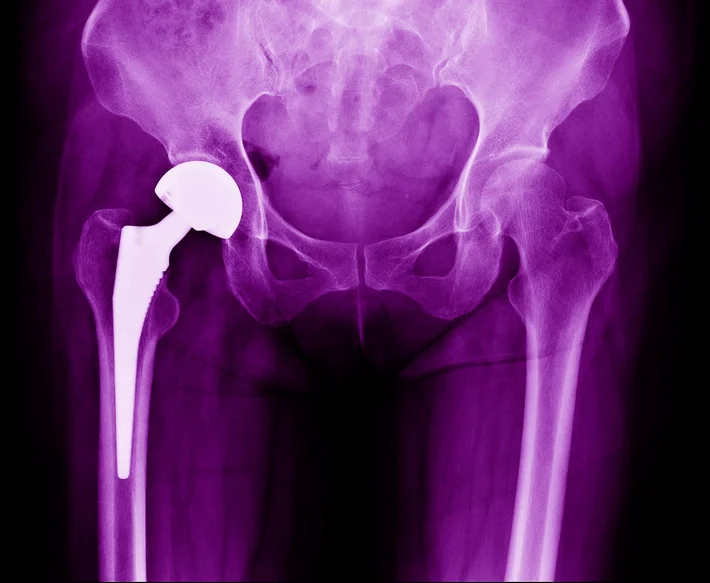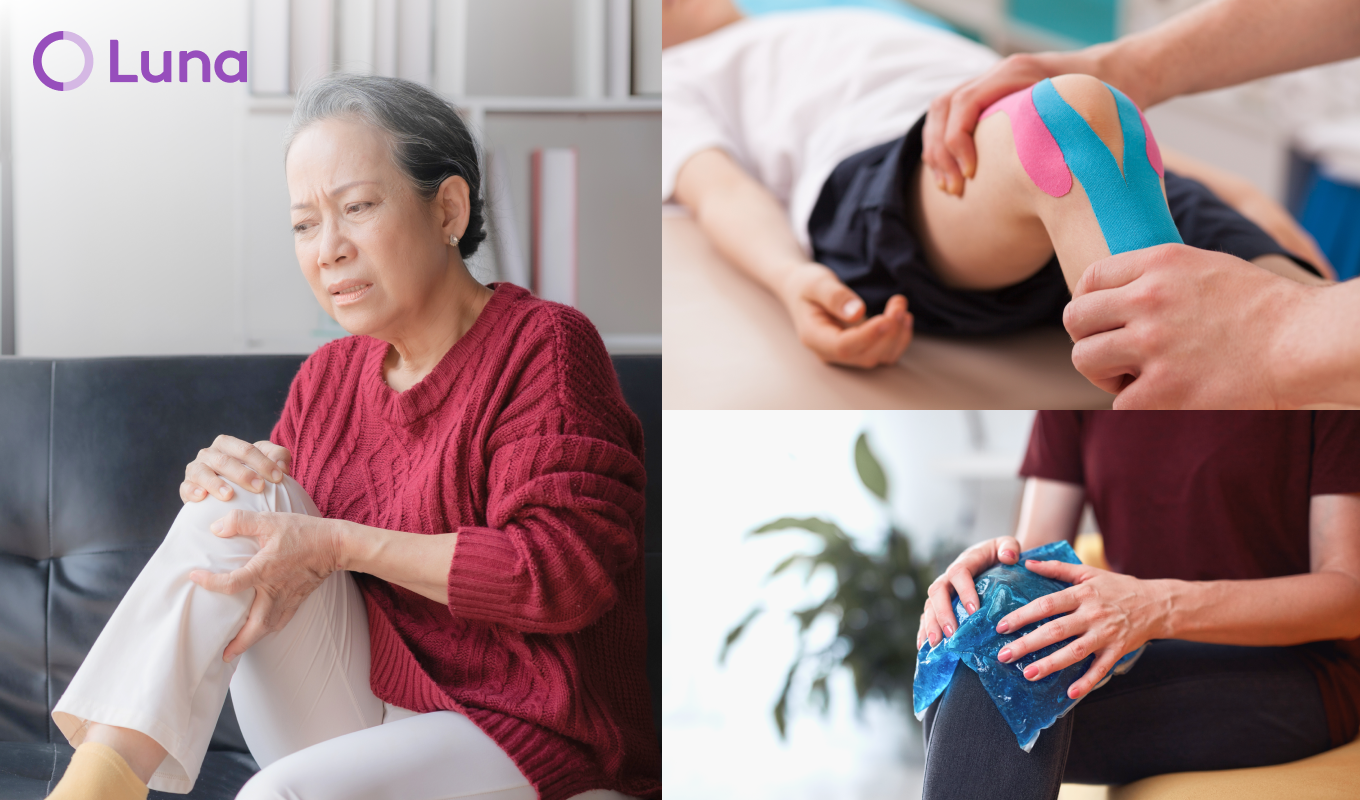![Separator]()
What causes bursitis?
While bursitis most commonly results from injury or overuse, different types of bursitis have different causes. For example, knee bursitis is often caused by sports-related injuries or by repeated bending of the knee. Elbow bursitis can be caused by repeatedly resting the elbows on hard surfaces, or by an infection or blow to the elbow.
Hip bursitis is one of the most common forms, and it can be caused by lying on the hips for long periods of time, improper posture, arthritis, infection, or injury. Running, jumping, failing to warm up prior to strenuous exercise, and wearing shoes that are too tight in the back of the heel can all cause heel bursitis.
The most common causes of bursitis include:
- Overuse of the affected joint
- Injury to the affected joint
- Sports- or exercise-related injury
- Arthritis
Source:
Mayo Clinic



















